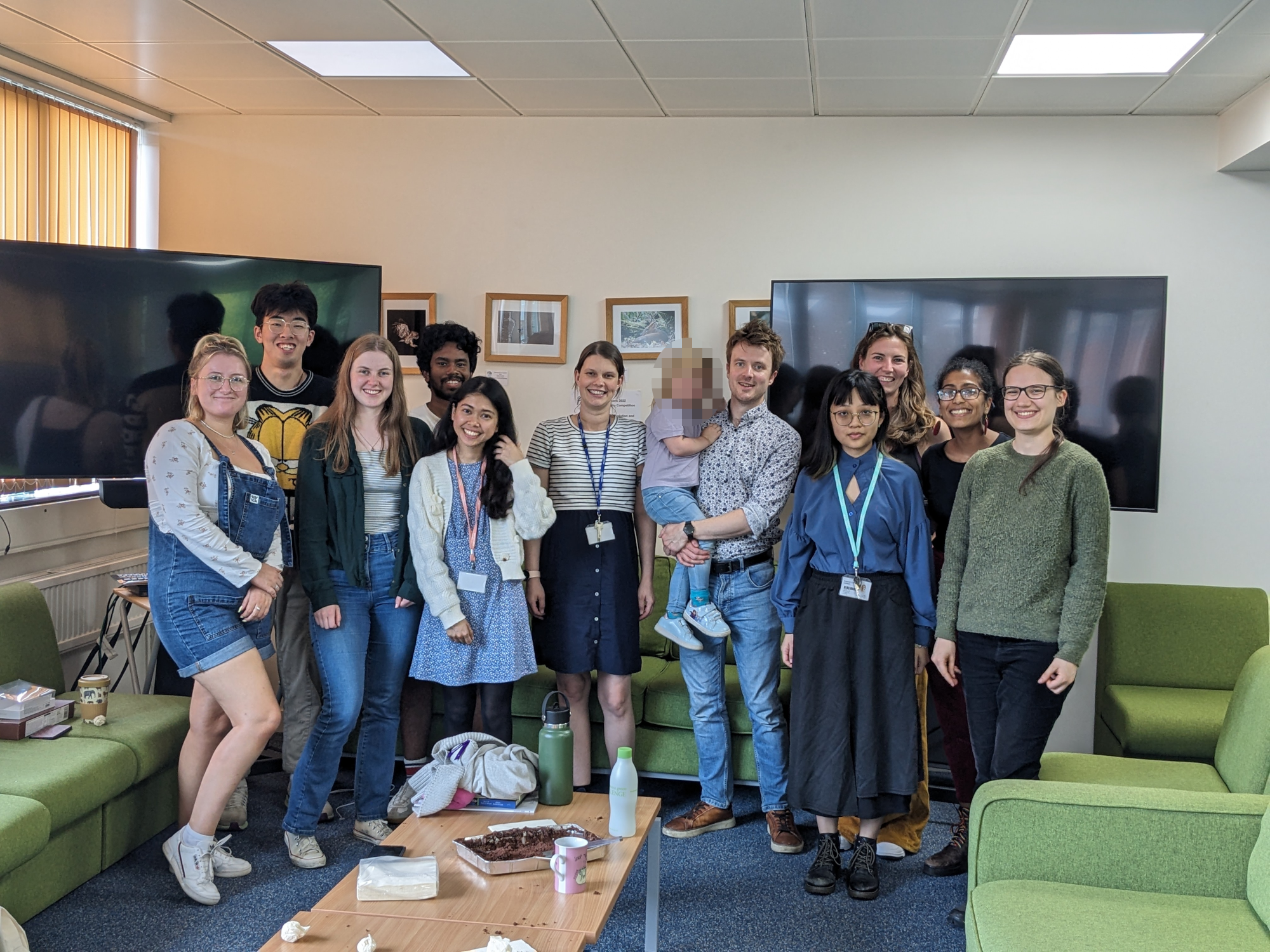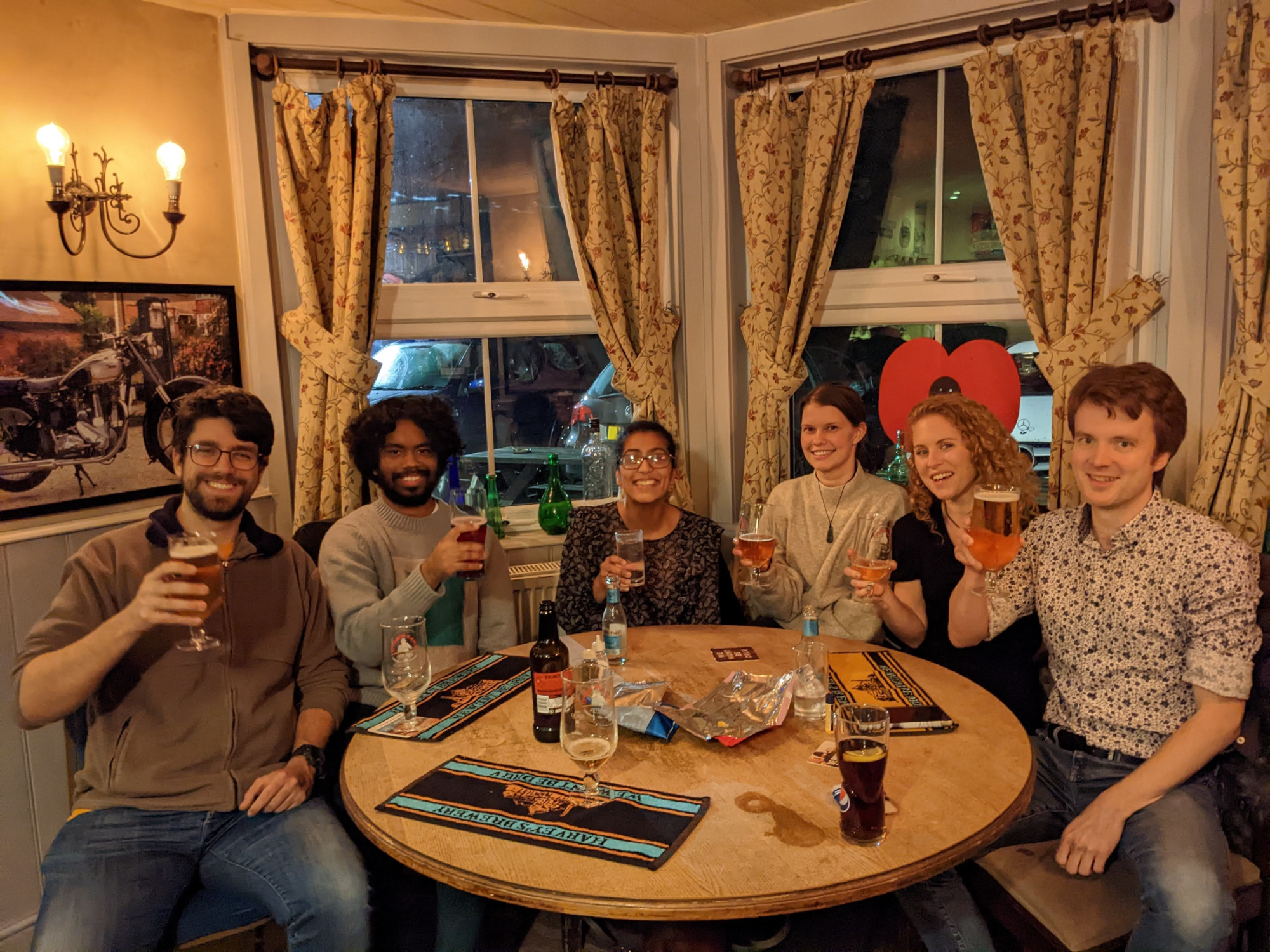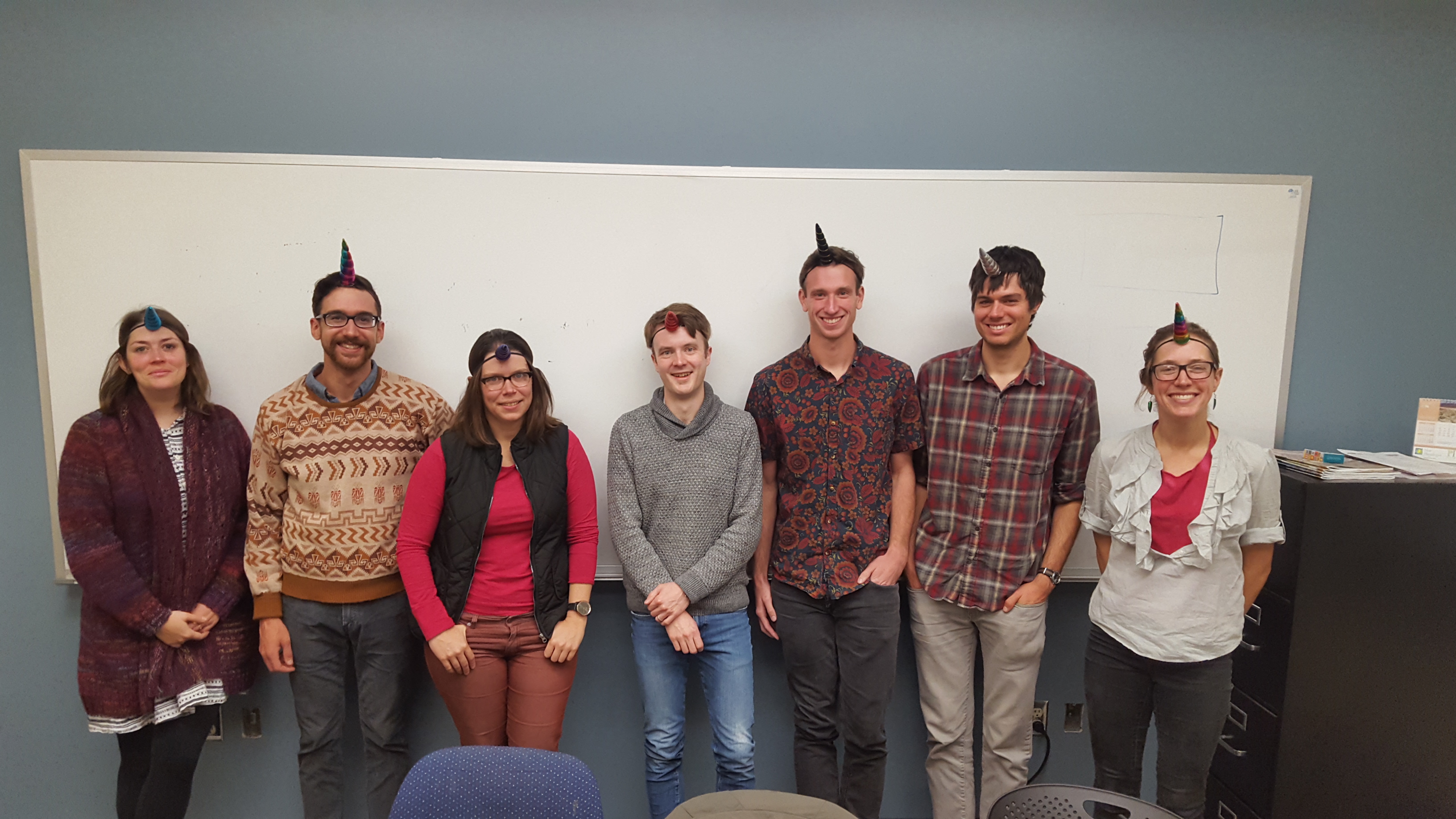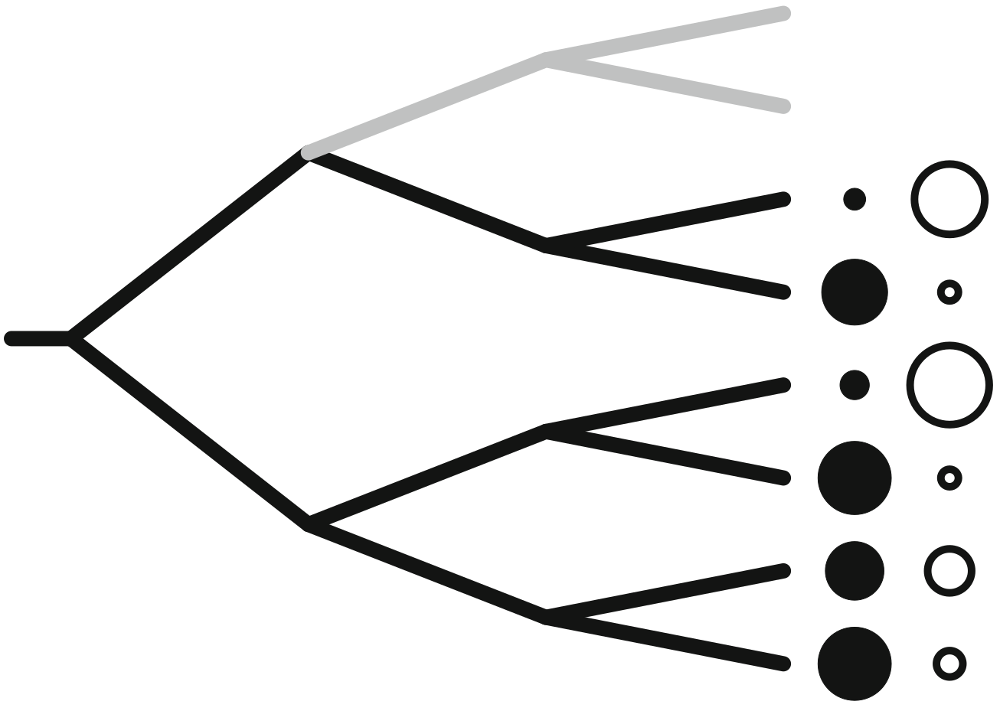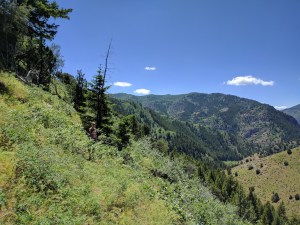Welcome to the Pearse Lab
We use species evolutionary history to better understand and predict their present-day ecology. Our lab develops new statistical and computational tools to answer fundamental questions about the origins and future of biodiversity.
Our fieldsites employ a novel fractal sampling design to leverage species’ responses to existing environmental gradients to predict future responses to change. We work with a number of conservation programs, such as the EDGE of Existence Program, to help safeguard natural ecosystems and the valuable services they provide for humanity.
We are always looking for new undergraduates, MSc, and PhD students looking to join the lab, or potential post-docs interested in applying for funding. Have a look around this website and, if you’re interested, please send Will an email
We are grateful for funding from Imperial College London, UKRI/NERC, the National Science Foundation, the USDA Forest Service (and in particular the PIBO program), and iDIV/sDIV, Hitachi, and others.

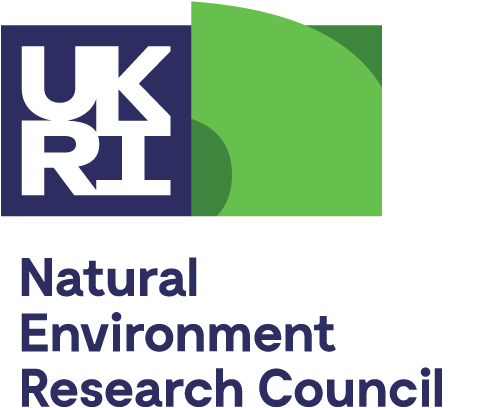



News
August 2023Joel, MSc student in the lab, publishes his thesis on monitoring sharks with drones
May 2023What can we learn from 100 years of phenology data from South Korea?
February 2023